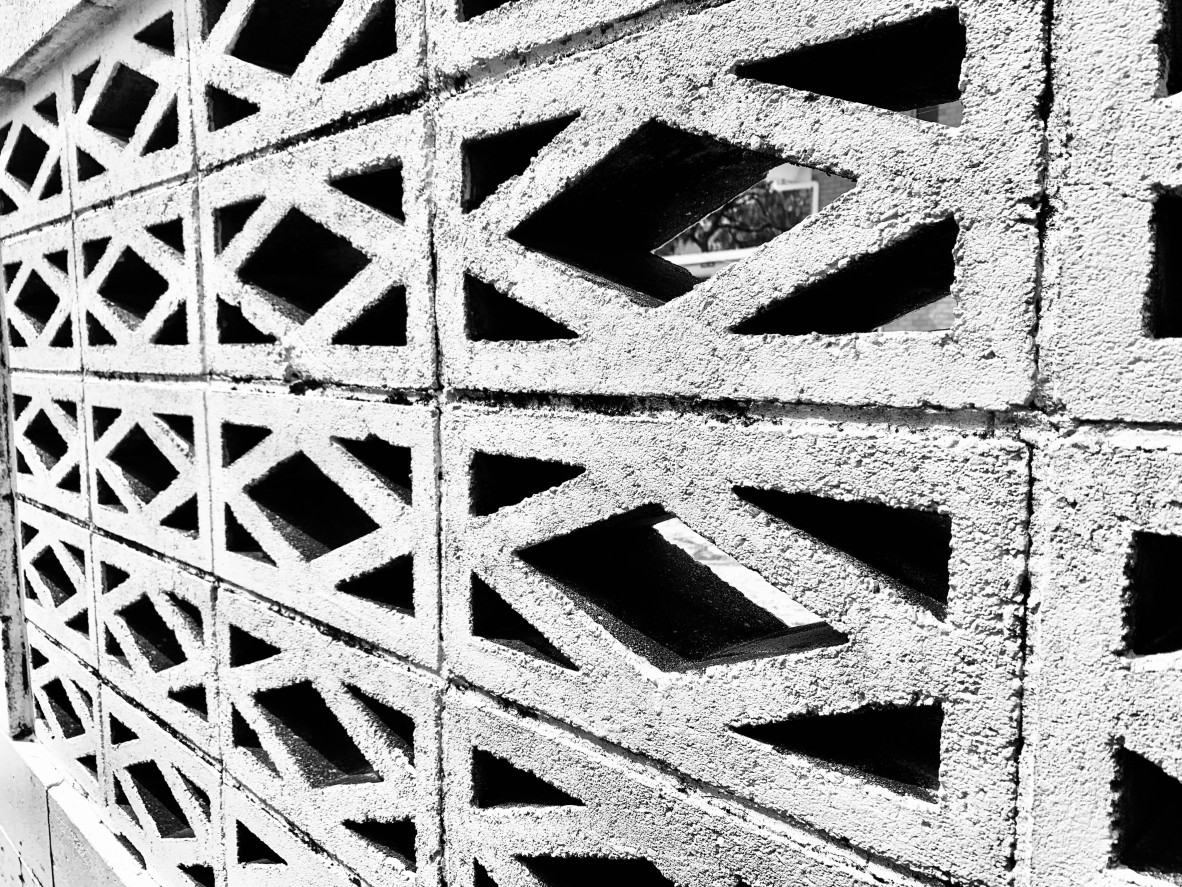
Over the month of September the Edge ran a two-part workshop series at the Fabrication Lab that guided participants through the design and fabrication process of making their own boutique breeze blocks. I sat down with the facilitator Steve Curran to chat about his new found appreciation of breeze blocks, and to hear about the workshop process.
What inspired you to focus on Breeze blocks?
State Library’s rich online collection of images of Queensland architecture in the Corley Explorer – an online database of over 61,000 photographs of houses in Queensland from 1960s - 1970s. We wanted to give people an opportunity to draw on this rich resource, and to either replicate an existing design in the collection, or create a completely new and bespoke creation.
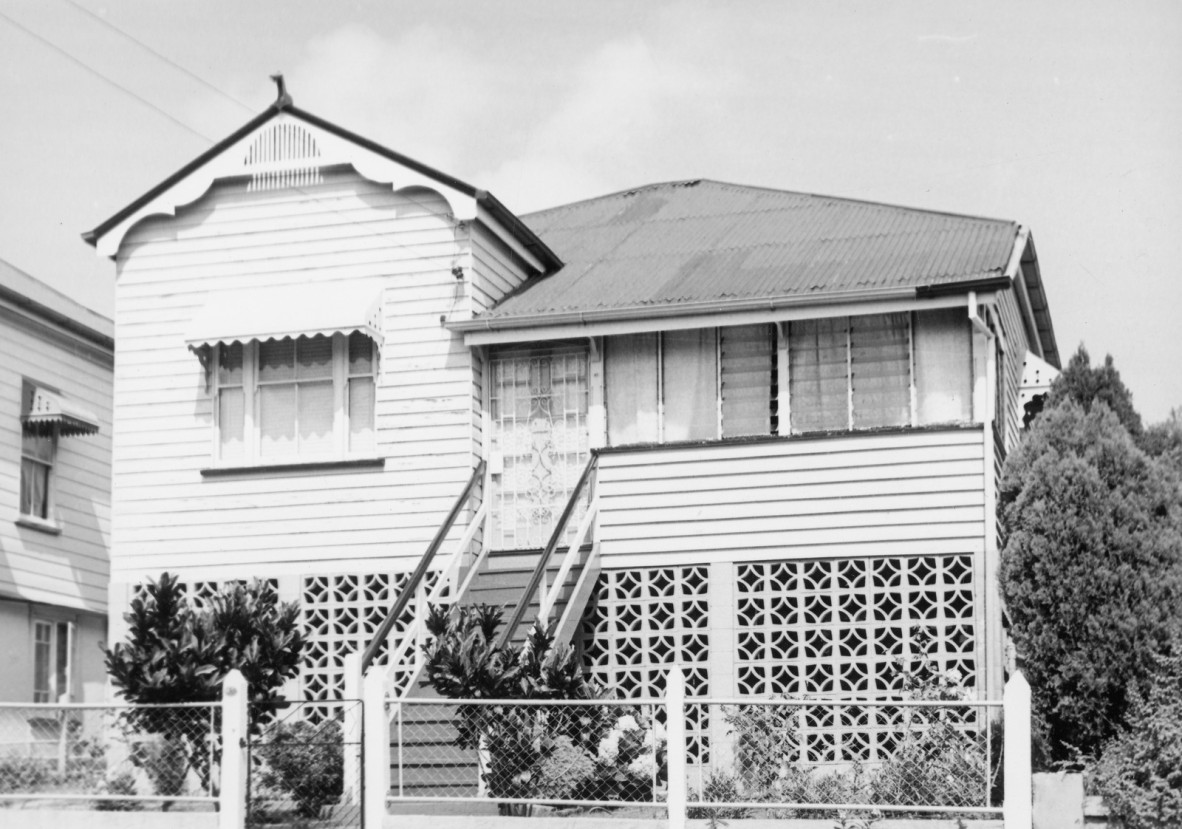
45 Northcote Street, East Brisbane
What is your relationship with Breeze blocks? Is this a new love?
When I first undertook the research into the breeze blocks, I confess that I wasn’t aware of their extensive international reach within various cultures, and my appreciation of them has grown from understanding the breadth and scale of their impact on the architectural world. I wasn’t aware of some of the more refined, and complex technical elements of their production and that was really interesting. Also that people are still working on the development of breeze blocks today. They are still pushing the envelope of what they are, which I thought was really inspiring.
Can you tell me a little about the people who came to the workshop and what they produced?
The participants that attended each brought their own reasons and interests. It ran the gambit from people broadly curious about the production of concrete forms, through to a participant who wanted to literally recreate a block that formed part of a wall of an apartment that she was renting. She loved it, and she wanted one that she could take with her when she moved, so she came in with some very detailed measurements. She hadn’t used vector graphics software before, so they learnt the process of converting those measurements into a form she could manufacture. Another person had found forms online that really intrigued them and we worked through what shapes, forms and scale were achievable with the limitations and possibilities of the material.
Some designs were quite straight forward and classic, whereas some people’s research focused on the current trends and were quite attracted to the newer forms of breeze blocks, with different depths and profiles across a single block. These newer forms introduced some complexity into the mould making, but I wanted to keep that flexibility for people to experiment with the form and size of the breeze blocks in the workshop. What they produced was very beautiful.
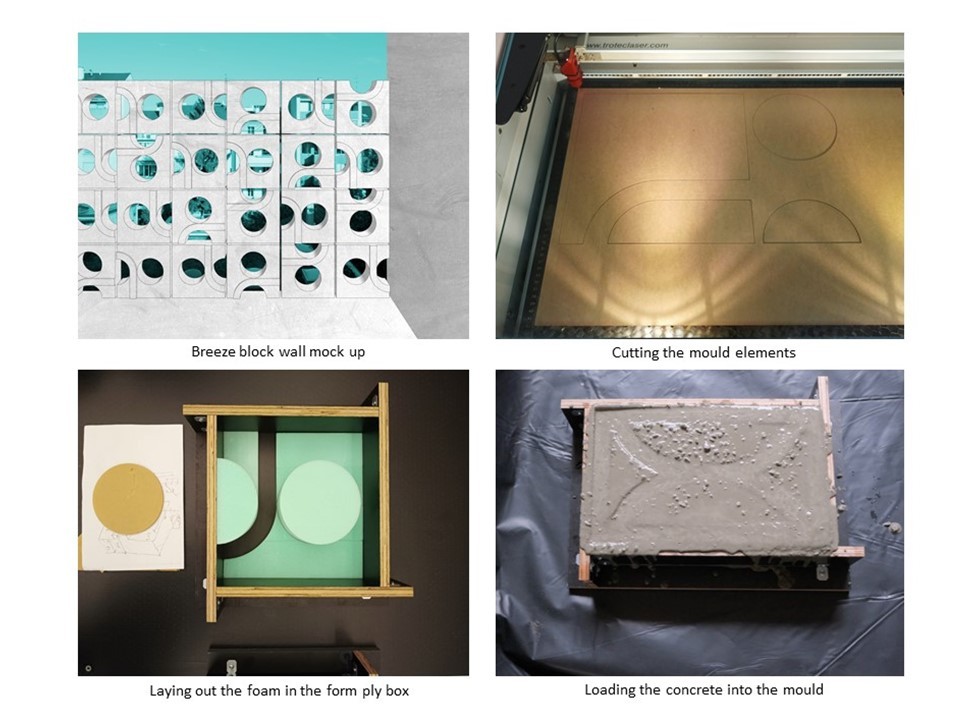
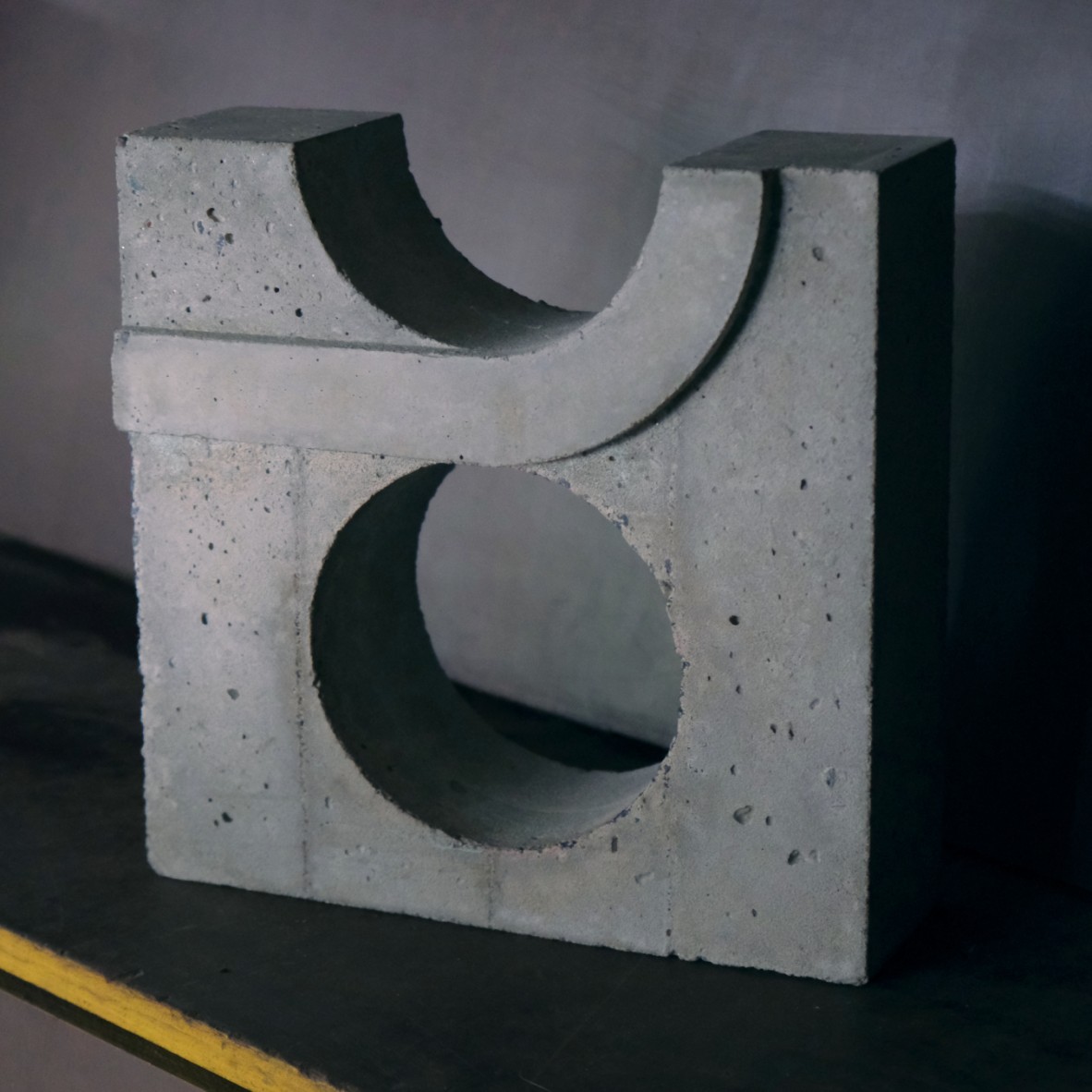
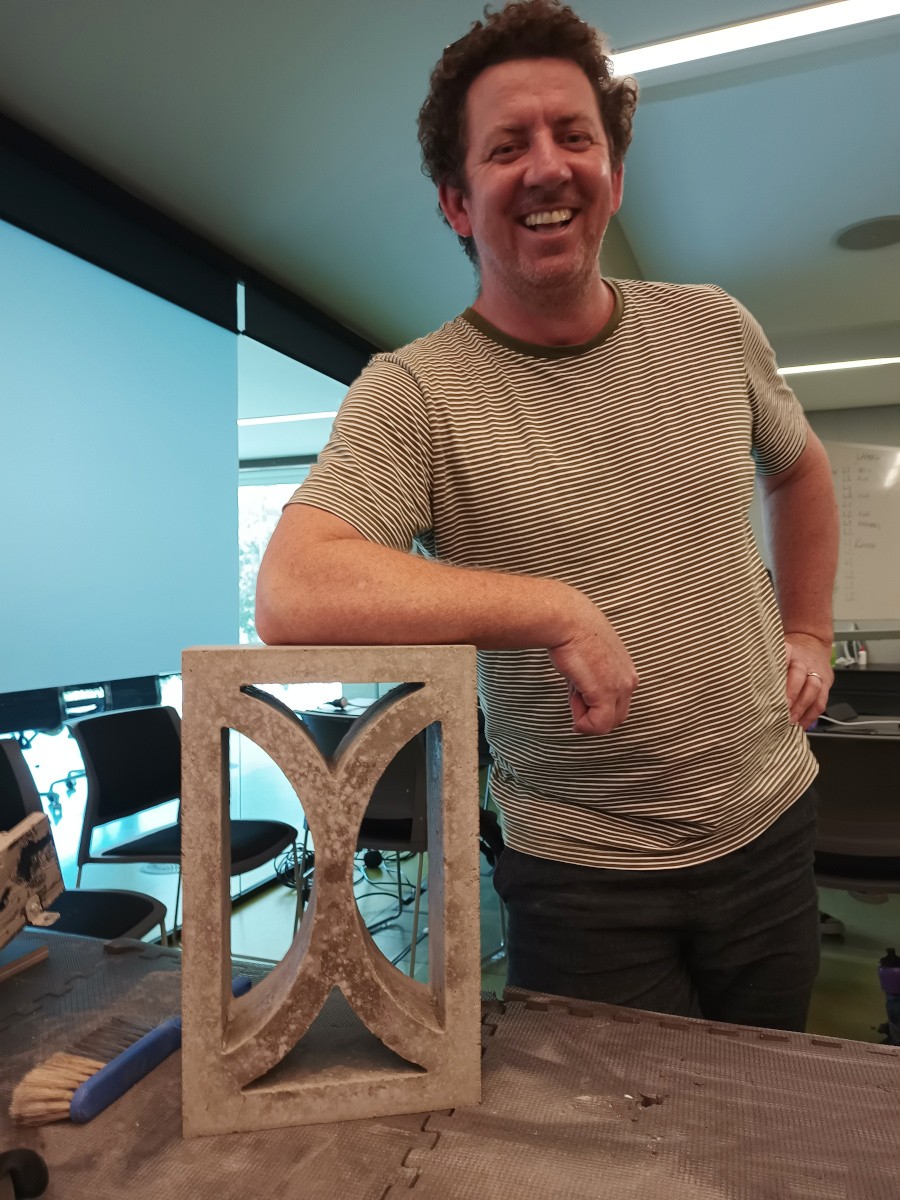
Do you have any key tips for people interested in casting their own breeze blocks at home? We have the wiki page which talks you through how to do it, but I am wondering if you had any other tips you wanted to share?
Spending time constructing the mould is key. This will take some time to get right, and might take a few times to get exactly right.
One of the key questions from the participants in the workshop was whether they could use the mould multiple times. Going into this workshop, I was optimistic that we could achieve that, but given the time constraints we were not able to properly prepare the mould with the appropriate mould release. So, if you are using foam like us, and want to create multiple blocks, you need to be very precise about the angles of the foam, and the sealing of it for longevity.
Minimising the toxicity of the chemicals you are using is really important too. One thing I learnt, as we moved towards water-based chemicals, is that it takes much longer for these eco-products to dry and cure, so make sure you factor that in.
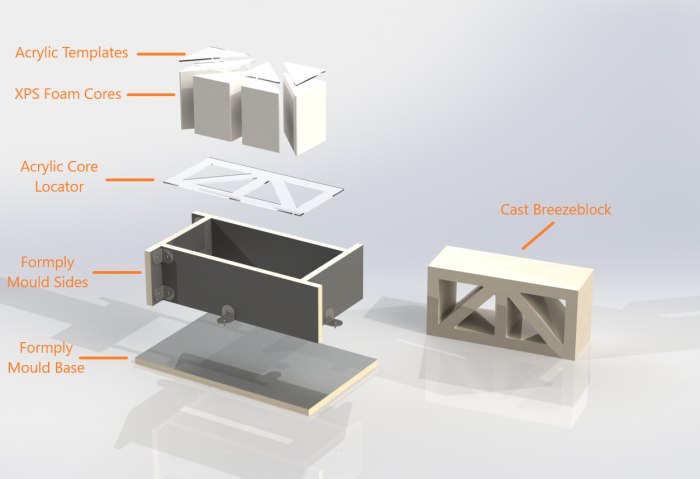
Where should people go to find out more?
We documented the whole process on the State Library of Queensland wiki which is available here for people to read, and try for themselves if they are interested in giving it a go!
Comments
Your email address will not be published.
We welcome relevant, respectful comments.